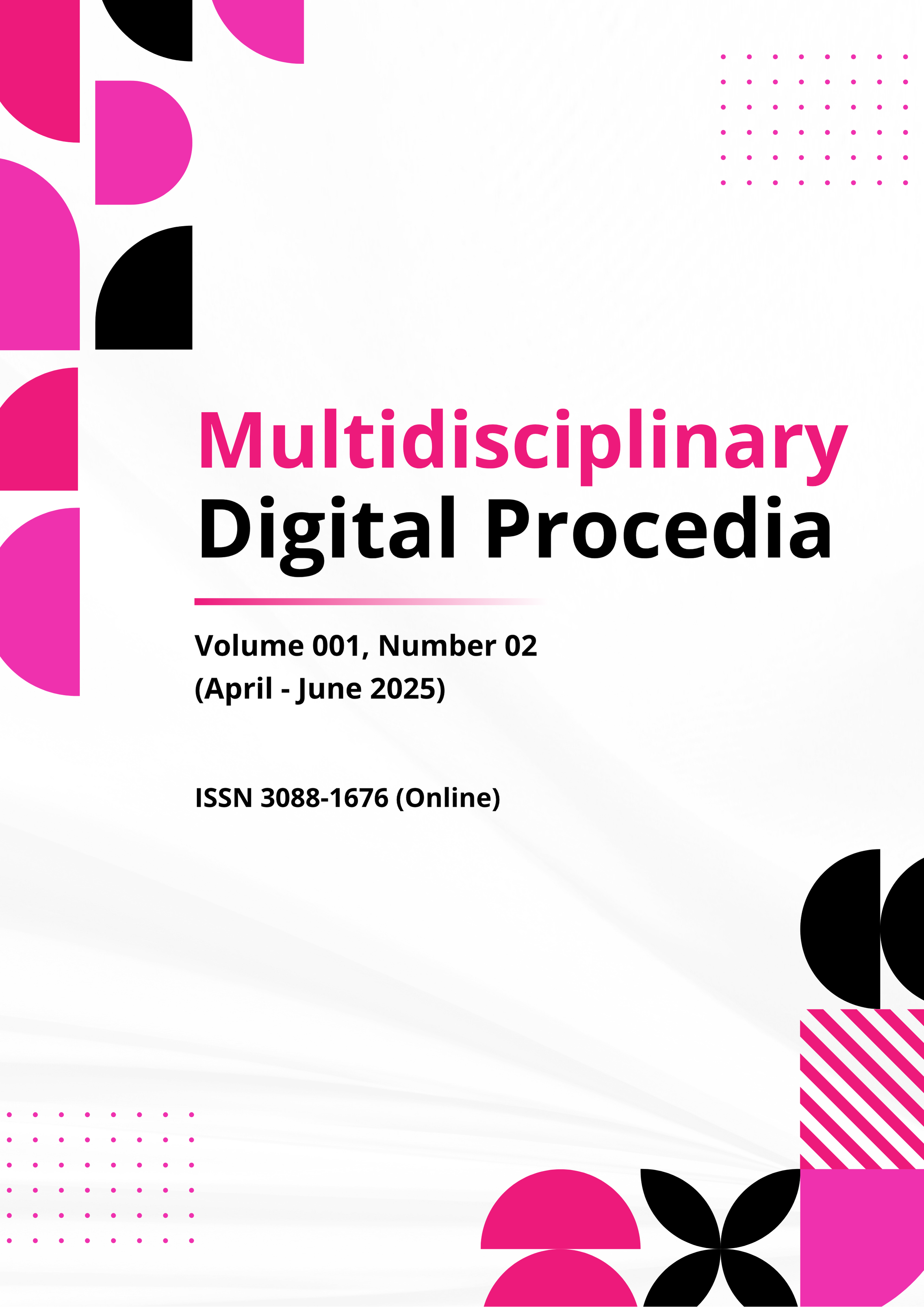การคัดแยก ระบุชนิด และการเตรียมกล้าเชื้อโพรไบโอติกจากลูกแป้งในประเทศไทย
Keywords:
การหมัก, แบคทีเรียกรดแลกติก, โพรไบโอติก, กล้าเชื้อ, ลูกแป้งAbstract
ลูกแป้ง เป็นกล้าเชื้อที่ใช้ในการหมักอาหารและเครื่องดื่มแบบดั้งเดิมของไทยมาเป็นเวลานาน งานวิจัยนี้มีวัตถุประสงค์เพื่อคัดแยกและระบุชนิดของแบคทีเรียกรดแลกติกที่มีศักยภาพเป็นโพรไบโอติกจากลูกแป้งเพื่อใช้ในการเตรียมกล้าเชื้อโพรไบโอติก เมื่อเก็บตัวอย่างลูกแป้งจาก 7 จังหวัดในประเทศไทย ได้แก่ เชียงราย ยโสธร มหาสารคาม ศรีสะเกษ อุทัยธานี ตราด และจันทบุรี มาทำการแยกเชื้อแบคทีเรีย พบแบคทีเรียจำนวน 21 ไอโซเลต ทั้งหมดเป็นแกรมบวก ไม่เคลื่อนที่ ไม่ย่อยสลายเม็ดเลือดแดง ให้ผลลบกับการทดสอบการสร้างเอนไซม์คะตะเลส การย่อยไขมัน และการย่อยแป้ง นอกจากนี้ ทุกไอโซเลตสามารถผลิตกรดจากน้ำตาลกลูโคส ไม่สร้างก๊าซ สามารถย่อยโปรตีน และทนเกลือที่ความเข้มข้น 0-8% (w/v) เมื่อเพาะเลี้ยงทุกไอโซเลตในอาหาร MRS broth บ่มที่อุณหภูมิ 37 °C เป็นเวลา 24 ชั่วโมง พบว่า มีค่า pH ระหว่าง 3.77-4.47 เมื่อทำการระบุชนิดโดยเทคนิคทางชีวโมเลกุล พบว่าประกอบด้วย 4 ชนิด ได้แก่ Lactiplantibacillus plantarum, Limosilactobacillus fermentum, Pediococcus pentosaceus และ Pediococcus acidilactici โดยมีความเหมือนของลำดับยีน 16S rRNA ระหว่าง 96.66-99.56% เมื่อเปรียบเทียบกับสายพันธุ์ที่ใกล้ชิดที่สุดจากฐานข้อมูล NCBI ลำดับเบสของแบคทีเรียทุกไอโซเลตถูกเก็บไว้ในฐานข้อมูล GenBank โดยมี accession number คือ PV052822-PV052842 จากนั้นคัดเลือก L. plantarum เพื่อพัฒนาเป็นกล้าเชื้อโพรไบโอติกแบบสดและแบบแห้งโดยเทคนิคการทำแห้งแบบแช่เยือกแข็ง (freeze drying) พบว่าสามารถอยู่รอดได้ที่อุณหภูมิ 4 °C หลังผ่านไป 30 วัน การศึกษานี้แสดงให้เห็นว่า ลูกแป้งอุดมไปด้วยโพรไบโอติกซึ่งมีประโยชน์ต่อสุขภาพและส่งเสริมระบบภูมิคุ้มกัน นอกจากนี้ แบคทีเรียที่แยกได้ยังมีศักยภาพในการพัฒนาเป็นกล้าเชื้อโพรไบโอติก เพื่อใช้ในอุตสาหกรรมอาหารเครื่องดื่ม และยา ในอนาคต
Downloads
References
Cui, S., Hu, K., Qian, Z., Mao, B., Zhang, Q., Zhao, J., Tang, X., & Zhang, H. (2022). Improvement of freeze-dried survival of Lactiplantibacillus plantarum based on cell membrane regulation. Microorganisms, 10(10), 1985.
FAO/WHO. (2002). Report of a Joint Food and Agriculture Organization of the United Nations and World Health Organization (FAO/WHO) expert consultation on guidelines for the evaluation of probiotics in food. Retrieved from http://www.who.int/foodsafety/fs_management/en/probiotic_guidelines.pdf
Irkin, R., & Kinik, O. (2017). Prevention of allergic diseases with probiotic lactic acid bacteria. Food Science and Nutrition Technology, 2(2), 1-5.
Li, H., Zhang, T., Li, C., Zheng, S., Li, H., & Yu, J. (2020). Development of a microencapsulated synbiotic product and its application in yoghurt. LWT - Food Science and Technology, 122(2020),109033.
Luangkhlaypho, A., Pattaragulwanit, K., Leepipatpiboon, N., & Yompakdee, C. (2014). Development of a defined starter culture mixture for the fermentation of sato, a Thai rice-based alcoholic beverage. Science Asia, 40(2), 125-134.
Phan, Y. T. N., Tang, M. T., Tran, T. T. M., Nguyen, V. H., Nguyen, T. H., Tsuruta, T., & Nishino, N. (2017). Diversity of lactic acid bacteria in vegetable-based and meat-based fermented foods produced in the central region of Vietnam. AIMS Microbiology, 3(1), 61-70.
Prückler, M., Lorenz, C., Endo, A., Kraler, M., Dürrschmid, K., Hendriks, K., da Silva, F.S., Auterith, E., Kneifel, W., & Michlmayr, H. (2015). Comparison of homo- and heterofermentative lactic acid bacteria for implementation of fermented wheat bran in bread. Food Microbiology, 49, 211-219.
Qi, Y., Huang, L., Zeng, Y., Li, W., Zhou, D., Xie, J., Xie, J., Tu, Q., Deng, D., & Yin, J. (2021). Pediococcus pentosaceus: screening and application as probiotics in food processing. Frontiers in Microbiology, 12, 762467.
Rakmai, J., Cheirsilp, B., & Srinuanpan, S. (2019). Designation of rice cake starters for fermented rice products with desired characteristics and fast fermentation. Journal of Food Science and Technology, 56, 3014-3022.
Rittiplang, J., Laopaiboon, P., Vichitpan, K., & Danvirutai, P. (2007). Lactic acid bacteria from indigeneous Loogpang samples of Northeastern Thailand and their lactic acid production ability. Thai Journal for Biotechnology, 2007, 44-48.
Roongrojmongkhon, N., Rungjindamai, N., Vatanavicharn, T., & Ochaikul, D. (2020). Isolation and identification of fungi with glucoamylase activity from Loog-pang-khao-mak (a Thai traditional fermentation starter), Journal of Pure and Applied Microbiology, 14(1), 233-246.
Rungsirivanich, P., Inta, A., Tragoolpua, Y., & Thongwai N. (2019). Partial rpoB gene sequencing identification and probiotic potential of Floricoccus penangensis ML061-4 isolated from Assam tea (Camellia sinensis var. assamica). Scientific Reports, 9(1), 16561.
Rungsirivanich, P., Supandee, W., Futui, W., Chumsai-Na-Ayudhya, V., Yodsombat, C., & Thongwai, N. (2020). Culturable bacterial community on leaves of Assam tea (Camellia sinensis var. assamica) in Thailand and human probiotic potential of isolated Bacillus spp. Microorganisms, 8(10), 1585.
Smetanková, J., Hladíková, Z., Valach, F., Zimanová, M., Kohajdová, Z., Greif, G., & Greifová, M. (2012). Influence of aerobic and anaerobic conditions on the growth and metabolism of selected strains of Lactobacillus plantarum. Acta Chimica Slovaca, 5(2), 204-210.
Thongwai, N., Futui, W., Ladpala, N., Sirichai, B., Weechan, A., Kanklai, J., & Rungsirivanich, P. (2022). Characterization of bacterial cellulose produced by Komagataeibacter maltaceti P285 isolated from contaminated honey wine. Microorganisms, 10(3), 528.

